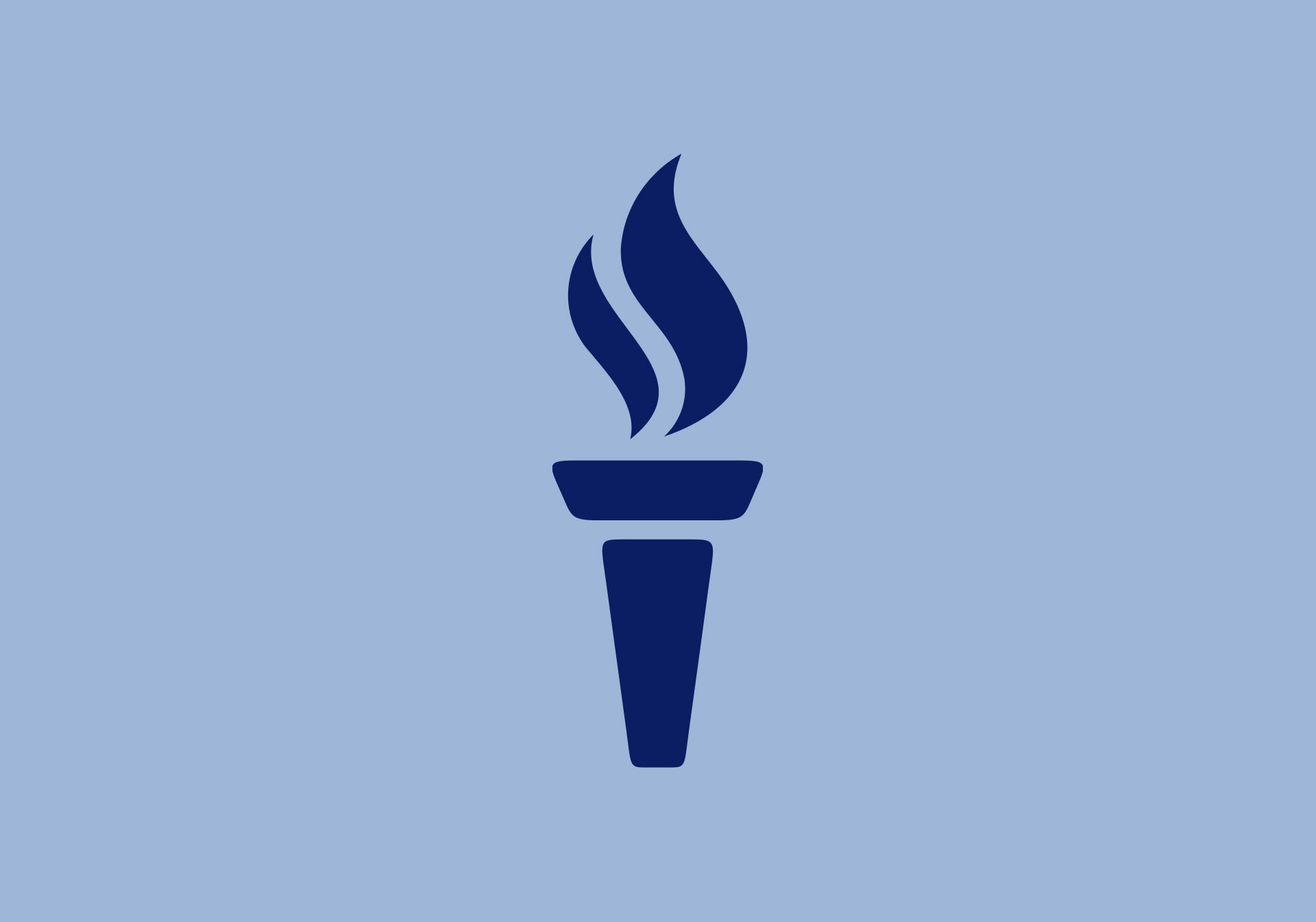For those of you that didn’t know that U-boats were quite active off the North Carolina coast in 1942, the Charlotte Observer provides a nice summary which highlights attempts to find the ships sunk near the coast during the war:
“When people think about World War II, they think it happened in the Pacific, it happened in Europe. That it wasn’t here, it was someplace else,” said [Joe] Hoyt, maritime archaeologist for the Monitor National Marine Sanctuary off Cape Hatteras.
“This is the closest place (of combat engagements) in the continental United States. This happened right here. We had ships sinking off our shores, bodies washing up on our beaches.
“It’s just as significant to the American story,” said Hoyt, as Pearl Harbor.
One objective is to find the wreck of U-576 and the merchant ships Bluefields, which the U-boat sank shortly before she herself was sunk. You’ll note that’s there a loss position that’s commonly given for both vessels. They didn’t have GPS back then, and positions once you get away from land can be off, which is why it’s often difficult to find such “known” losses.
Full disclosure: Aside from my work for the John Locke Foundation, I also handle much of the World War I material for the uboat.net website and work extensively with divers and others to locate and identify submarine wrecks from that war. And no, I have nothing to do with the efforts to locate wrecks off the North Carolina coast.
